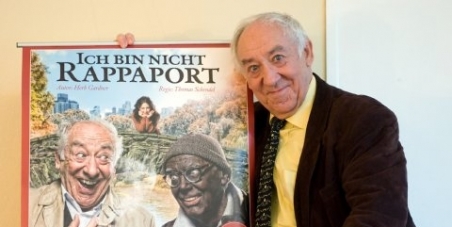Beyond Confronting the Myth of Racial Democracy: The Role of Afro-Brazilian Women Scholars and ActivistsPosted in Articles, Brazil, Caribbean/Latin America, Media Archive, Social Science, Women on 2012-10-26 21:06Z by Steven |
Gettysburg College Faculty Publications
Paper 1 (November 2007)
55 pages
Nathalie Lebon, Assistant Professor of Women, Gender, and Sexuality Studies
Gettysburg College, Gettysburg, Pennsylvania
This paper offers a synopsis of the current scholarship mapping the social and economic exclusion of women of African descent in Brazil. It highlights the work of and role played by Afro-Brazilian women scholars and activists in redressing the paucity, until recently, of basic data and research on the life conditions of women of African descent. Finally, it provides some initial thoughts on the national and transnational dynamics of knowledge production underlying this state of affairs.
Despite its rank as the ninth largest economy in the world, Brazil holds the unsavory distinction of being a showcase for the socio-economic inequalities that characterize much of Latin America. The divide cuts many ways, European versus African or Native American descent, male versus female, urban versus rural, as well as along class of origin and region of residence. Forty-five percent of Brazilians are of African descent (or, according to census categories 5.39% “preto” (black) and 39.9% “pardo” (brown)). This places Brazil second only to Nigeria in the world in terms of the size of its black population. Women of African descent thus represent nearly a quarter of all Brazilians (Articulação de Mulheres Brasileiras (Brazilian Women’s Articulation, hereafter AMB), 2001: 10). Despite this incontrovertible fact, until recently, very little research has been conducted about this segment of the Brazilian population. This paper offers a synopsis of the emerging scholarship mapping the social and economic exclusion of women of African descent in Brazil. The race and gender disaggregated statistics that pioneering scholars and activists, in many cases Afro-Brazilian women, have been painstakingly gathering and/or compiling, are beginning to reveal in concrete ways the depth of the inequalities that shape the lives of women of African descent in the birthplace of the now embattled myth of racial democracy…
…INTERLOCKING RACE AND GENDER HIERARCHIES AND THE DYNAMICS OF KNOWLEDGE PRODUCTION
Understanding the paucity of data on the lived experiences of women of African descent, especially in some areas, demands that we consider both racial and gender ideology and related structural features in the social, political and academic realms. For most of the 20th century, the notion that Brazil was a racial democracy was an essential component of the Brazilian racial formation. Later denounced as myth, this founding narrative of the modern Brazilian nation focused on mestiçagem (racial mixing), claiming since the 1930s, that there is no racism in Brazil due to the fact that most Brazilians are of mixed descent. It is interesting to note that it was equally adopted by elites as by pre-64 black movements as an ideal to be reached. While there is much debate as to what extent this myth truly prevailed in the past and to what extent it still is -as sociologist Antonio Guimarães (2001) argues-, the first roadblock to the dismantling of racial inequalities in Brazil, most would agree that we now need to move beyond simply denouncing it. Yet there is no doubt that some form of denial of racial inequalities has contributed to the erasure of race as a fundamental structuring axis of Brazilian institutions, including the academy, and daily life. In academia, throughout most of the 20th century and until the late 1990s, the majority of scholars of racial difference steered clear of discussions of contemporary racial inequalities to focus on studies of African culture and religions, synchretisms, and regional variation in and resistance to slavery (Reichmann, 1999: 24). Reichman rightly surmises that this was in part a result of the difficulties of facing white privilege for the majority of academics, and of the insecure position within academia of the first academics of African descent (ibid: 24). One could argue it was even more difficult in a cultural and political context, which extolled racial harmony.
More pointedly, at the hands of the authoritarian State, the myth of racial democracy was used to justify the complete elimination of the gathering of racially disaggregated data from the 1970 census, leading to almost twenty years without information (Berquó, 2001). As late as the 1990s, Brazilian scholars still faced an indifferent census bureau administration, unable “to disseminate timely statistical data on race and to disaggregate socioeconomic indicators by race (or gender)” (Reichmann 1999:26). Due to scarce resources many were unable to pay for the much needed “special tabulations”(ibid: 26) as well as suffered from having to work in isolation…
Read the entire article here.


